If your home relies on well water, ensuring its safety and quality is your direct responsibility. Contaminated well water can harbor harmful bacteria, viruses, and chemicals that pose serious health risks. This comprehensive guide will arm you with the knowledge and best practices to maintain your well and ensure your family's drinking water is safe.
Why Well Water Maintenance Matters
- Health Protection: Well water must be free from contaminants that can cause illness, particularly for vulnerable populations like infants, the elderly, or those with compromised immune systems.
- Long-Term Well Functionality: Preventative maintenance prolongs the life of your well system, reducing costly repairs and replacements.
- Peace of Mind: Staying on top of well inspection and management allows you to trust the water you drink and use.
Key Steps for Maintaining Your Well
1. Well Construction and Location
- Professional Installation: Hire licensed well drillers to ensure proper construction, preventing surface water contamination.
- Safe Site: The well should be situated away from potential contamination sources like livestock areas, septic systems, or chemical storage.
- Uphill Placement: Wells installed on a slope should be uphill from contamination sources.
2. Regular Well Inspections
- Annual Checkups: Schedule yearly inspections with a qualified well contractor to assess your system's overall condition.
- Look for Changes: Monitor your well for any signs of damage, including cracks in the casing, a damaged or missing well cap, or pooling water near the wellhead.
- Professional Assistance: If you detect any issues, contact a well professional immediately for repair.
3. Water Testing
- Annual Testing (Minimum): Test your water for bacteria and nitrates at least once a year with a certified lab.
- Contamination Suspicions: Immediately test your water if you notice changes in taste, odor, or color.
- Nearby Activities: Test more frequently if activities near your well increase the risk of contamination (e.g., agriculture, new construction).
4. Maintaining the Wellhead
- Secure and Sanitary Well Cap: Ensure your well cap is tightly sealed and free of cracks. It should have a vermin-proof screen over the vent.
- Ground Slope: The ground around the well should slope away to prevent water pooling.
- Keep it Clear: Maintain a clutter-free area around the well to limit pest habitats and simplify inspection.
5. Protecting Your Well from Contamination
- Safe Distances: Keep known contamination sources (septic systems, livestock, fertilizer storage) well away from your well, following your local regulations for distances.
- Mindful Chemical Use: Avoid using pesticides, herbicides, or fertilizers near the well.
- Proper Waste Disposal: Never dispose of hazardous, chemical, or medical waste near your well.
Additional Tips
- Well Records: Keep detailed records of well construction, testing results, and any repairs or maintenance.
- Treatment Systems: If water tests indicate contamination, consider installing a suitable water treatment system.
- Unused Wells: Decommission abandoned wells according to professional guidelines to protect groundwater.
The Importance of Professional Well Contractors
Always seek the expertise of licensed well contractors and pump installers for construction, repairs, and in-depth inspections. They possess the knowledge and tools to keep your well system operating effectively and safely.
By diligently following these guidelines, you'll significantly safeguard your family's health and ensure the longevity of your well water supply.
--You received this message because you are subscribed to the Google Groups "Broadcaster" group.
To unsubscribe from this group and stop receiving emails from it, send an email to broadcaster-news+unsubscribe@googlegroups.com.
To view this discussion on the web visit https://groups.google.com/d/msgid/broadcaster-news/85802019-0992-4bdb-b3f6-3fd8632554f1n%40googlegroups.com.
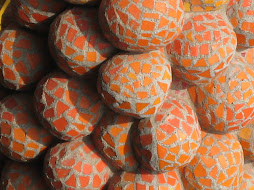

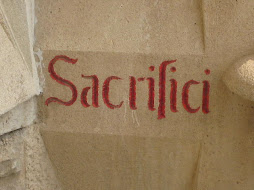
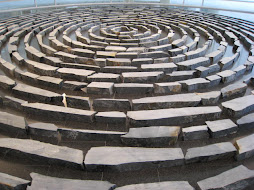


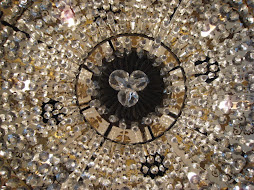

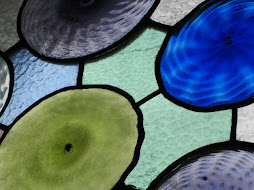


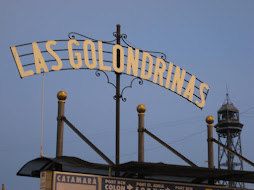

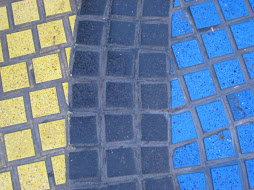
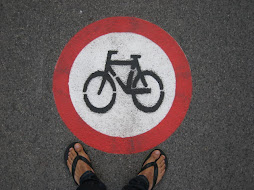



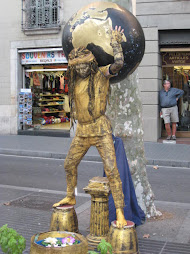
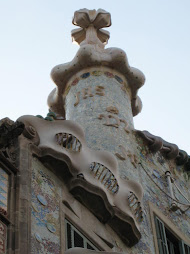

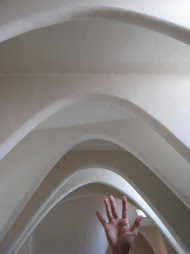
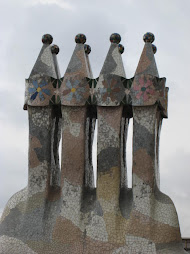
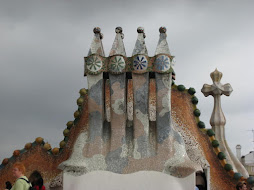
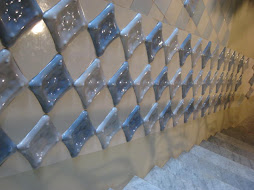
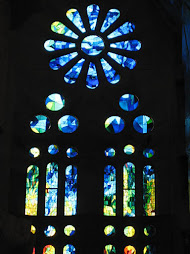

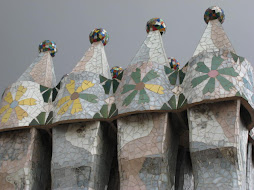
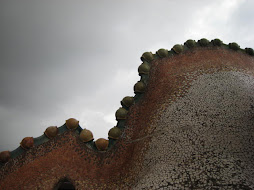





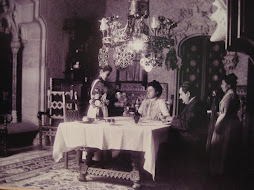
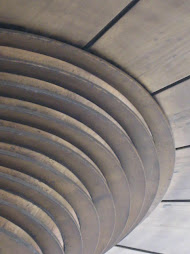
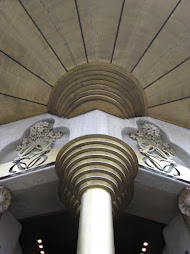
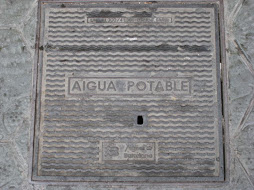
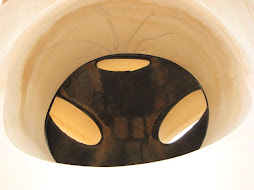
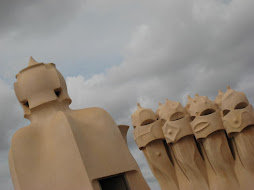
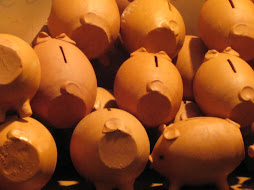
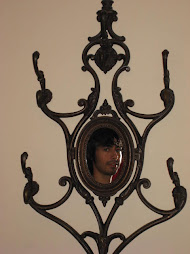
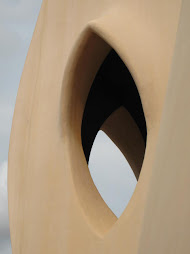
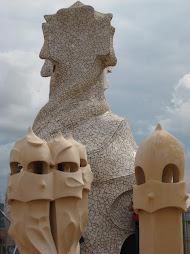

Sem comentários:
Enviar um comentário